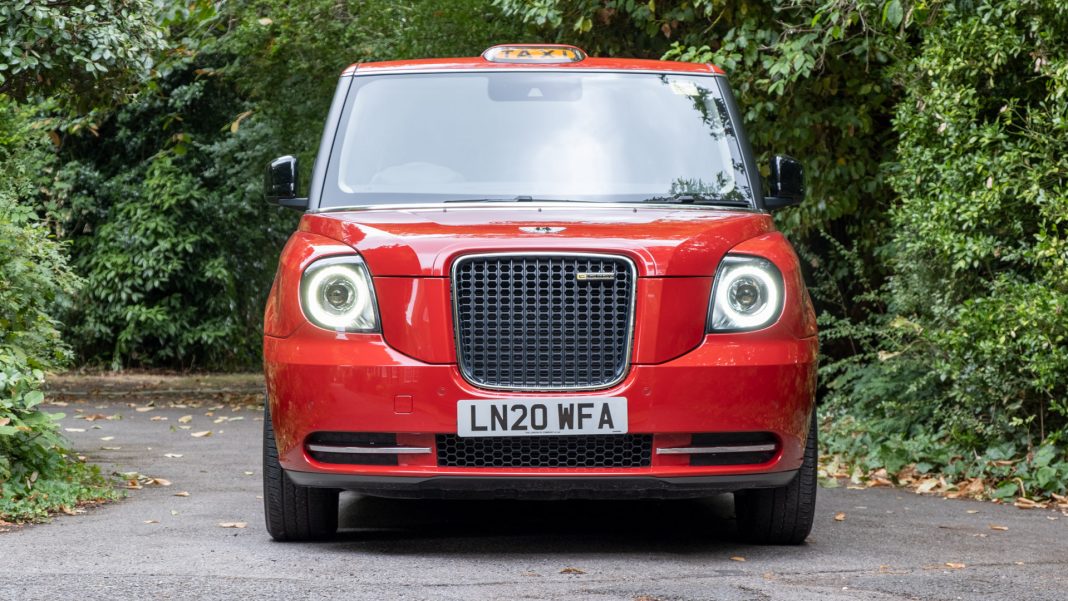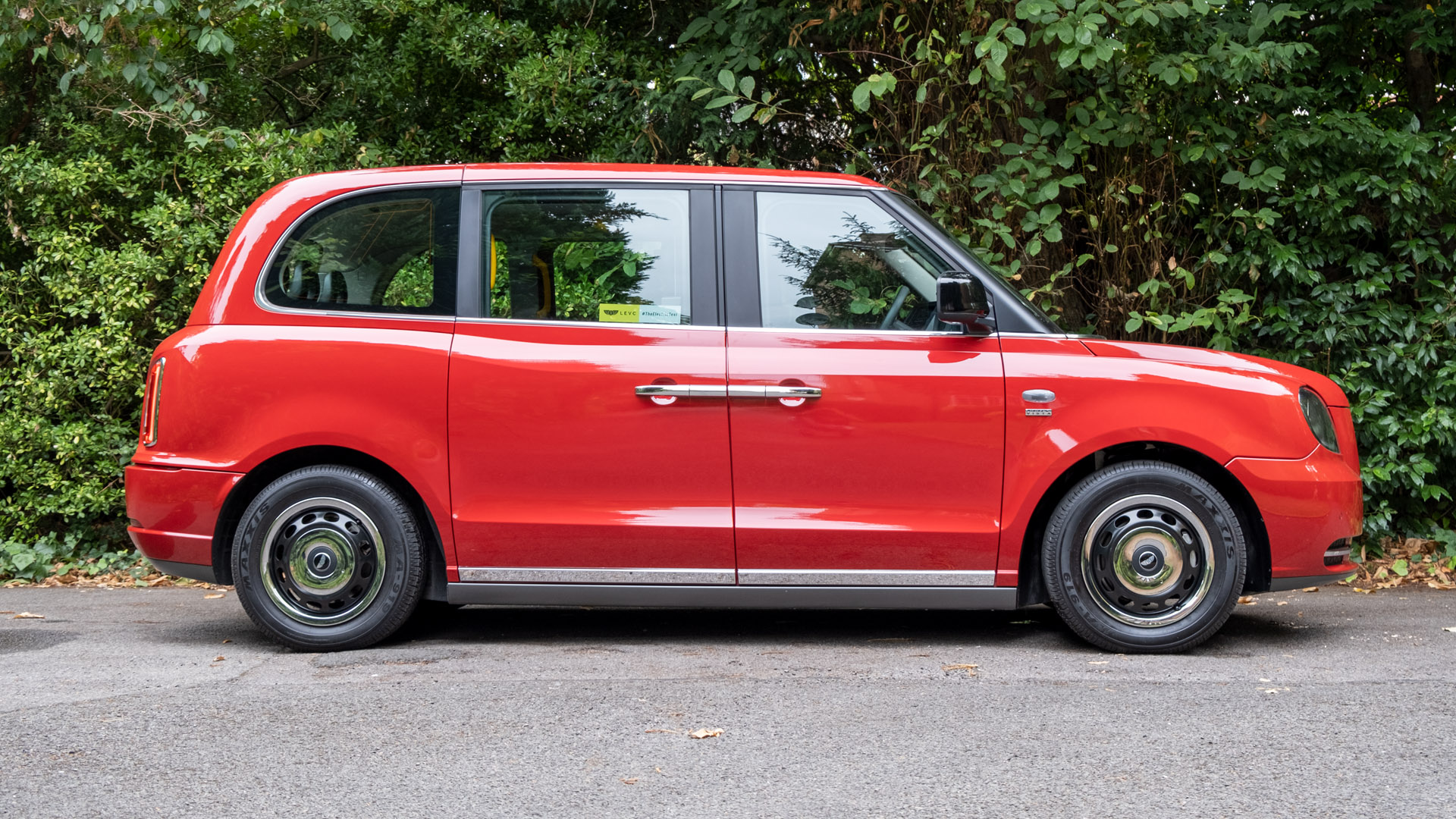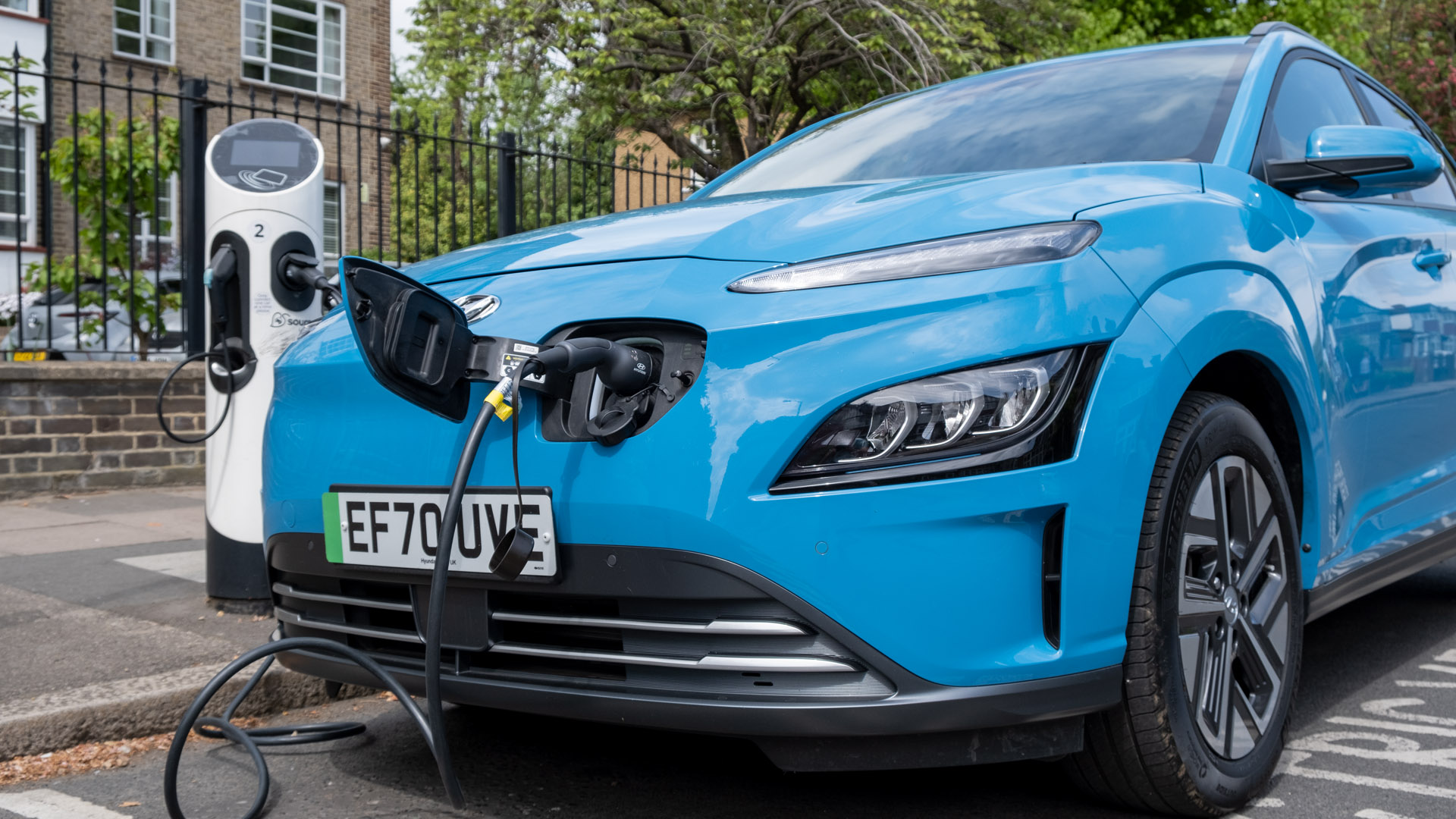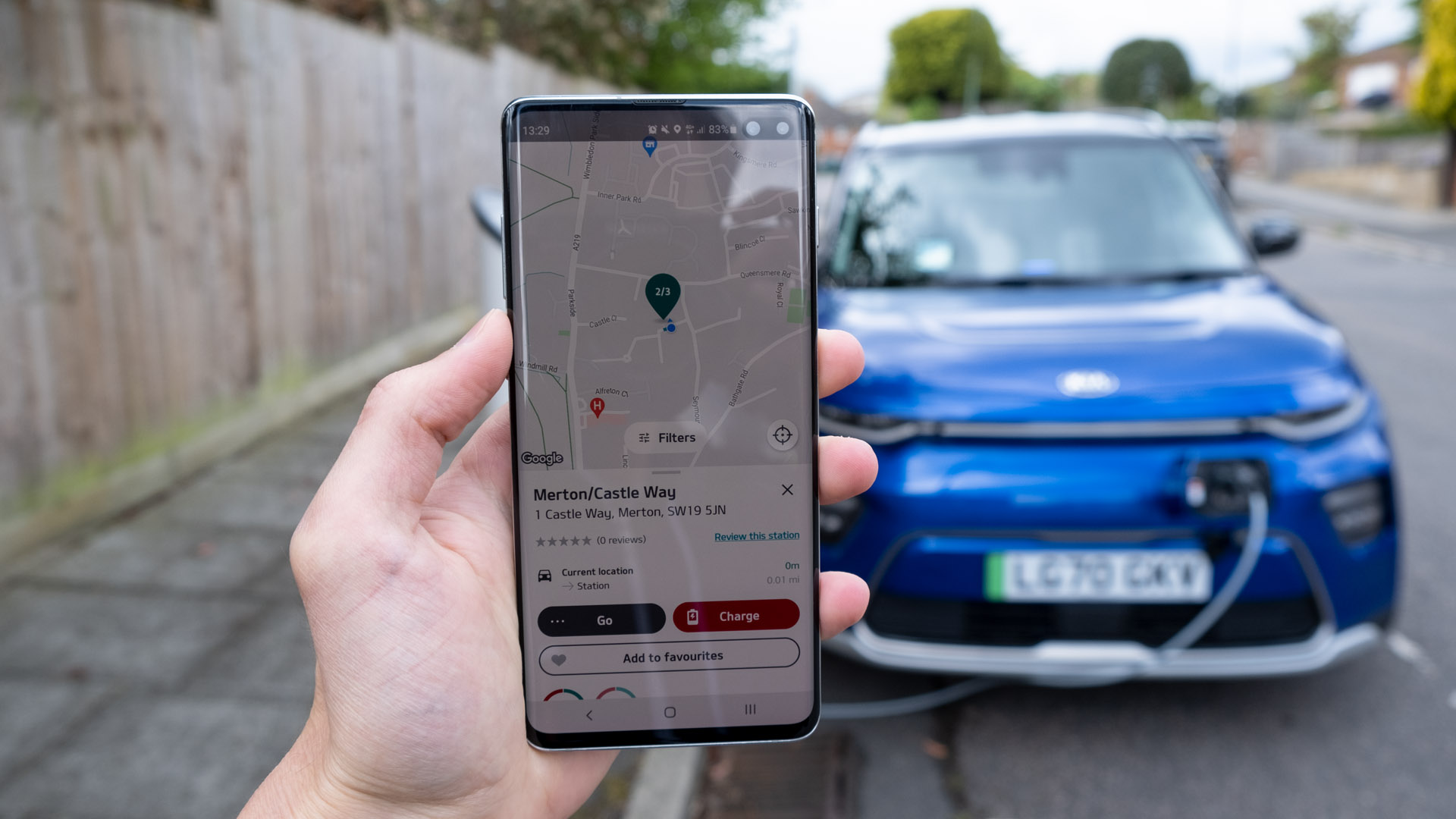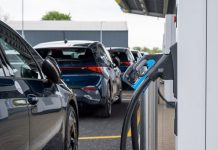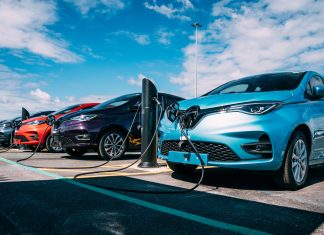The journey to electric vehicles has become increasingly complicated over the past two years. Consecutive lockdowns and a looming economic downturn have pushed future-proofing fleets down the list of priorities.
In fact, according to RingGo’s recent study, over half (55%) of British workers state that employers are not planning to invest in electric fleets. Indeed, ongoing market volatility has forced fleet managers onto the backfoot, and onto short-term survival strategies. However, those that prioritise long-term considerations, utilise the latest digital technology, and scale decarbonisation sensibly, will reap the rewards.
TotallyEV reached out to Peter O’Driscoll, Managing Director at RingGo, to get a better understanding of the fleet market.
Read next: Our favourite electric cars and SUVs
The current electrification challenges for fleet managers
The fact that net-zero and fleet electrification targets are falling down the priority list is not surprising. There are significant roadblocks facing managers, with price, availability and lead times being major factors.
Research in 2020 from BP found that of managers who do not yet have electric vehicles (EVs) in their fleet, over a quarter (27%) said this is because they would not be able to afford the up-front cost of switching all vehicles to an EV.
With disruption complicating regular cash flow for businesses, while making profit forecasts less optimistic, managers cannot invest in a perceived unknown. These concerns are reflected in the gap between vehicle registration statistics. According to the SMMT, 50% of vehicles registered in 2022 up to September are diesel and petrol, and only 14% are EVs, while the remaining balance consists of hybrids, which reflects the unwillingness of fleet managers to take the full plunge into electric.
Now that there is potential for a dip into recession following European unrest, hot on the heels of COVID-related continuity and supply chain challenges, issues are compounded around conducting business as usual, and we can expect to see electrification stalling without proper intervention.
Read next: LEVC TX review: Incredible efficiency
Mindset barriers to electric fleet adoption
It’s vital that managers know EV technology progression is combatting challenges around range anxiety. Early model EVs had a poor reputation for mileage, driving for under 100 miles before they would need a charge.
Now, with the advancement of lithium battery capability, we’re seeing many models from top automakers going over 200 miles as listed by GeoTab. Essentially that marks the distance from London to Manchester.
In addition, at the end of August 2022, there was nearly 34,000 electric vehicle charging points across the UK, representing a 34% increase in the number of charging devices since August 2021, according to Zap-Map.
By combining this growing availability of charging points, plus the significantly reduced maintenance costs for fuel, no road tax, and no emissions zones costs, EVs start to become much more appealing to managers.
Read next: Tesla Model Y review: Best electric SUV?
Harnessing the data for better business
On top of changing people’s mindsets and improving physical infrastructure, updating processes is also necessary when electrifying fleets; with the right management tool, one can resolve a multitude of transport-related headaches.
Knowing about parking data, charging point locations for range planning, and parking location availability through one platform that’s accessible to drivers, provides managers with the means needed for seamless electric travel. In addition, added functionality around tracking expenses with one app helps streamline the payment and receipt process.
Harvesting data about fleet routines, when driving and at rest, means managers can also better configure solutions for the needs of fleets – how should accessibility to chargers be managed? At what times are certain vehicles needed? How much charge do they need each day?
To answer these questions, having an app-based tool in your pocket can troubleshoot issues before they arise, maintain operational flow with the right data and in the future facilitate payment for parking and electric vehicle charging in one product.
Being on the right side of change
The Government’s ‘Road to Zero’ industrial strategy outlines ambitious greenhouse gas reduction targets. And, as time progresses, measures will become more stringent, with fines levied against those who do not comply with targets.
By mitigating operational disruption through stages of change, fleet managers can get ahead of the curve and ensure they are on the right side of the electrification agenda as it develops.

